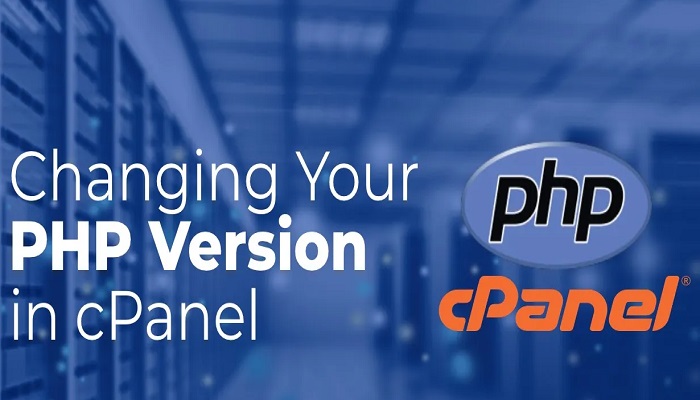This article contains information on how to easily change the PHP version in your cPanel.
PHP is no doubt one of the most used web programming languages in the world today.
One of the reasons why most people prefer PHP to other web development languages is not just because of the simplicity it coding PHP, but also the hosting environment that supports it.
Most apps developed with PHP will run perfectly on cheap shared hosting without any restrictions.
With PHP, you can host your site on servers for less than a dollar per month.
PHP regularly updates its environment for special reasons such as simplicity in coding, script execution speed, security, and patches.
As a result of this, new PHP versions are released regularly. They always change the syntax of PHP codes depending on the version the codes are expected to run with.
By default, most servers are set to the latest version of PHP, this means your old programmed codes may not execute properly in some cases.
In such a case you are left with two options to make the codes to work. It is either you update the codes or you downgrade the server’s PHP version.
In this article, we will be looking at how to set or change the PHP version on different levels of web servers, to make your server compatible with your PHP script and enable it to function perfectly.
Depending on your kind of hosting, the method of changing PHP versions may vary. This is why I decided to show you not just one, but three different methods of changing your server PHP version, one among the three will definitely work for you.
Not minding the fact that some hosting companies may have some special built-in features on their servers that can be used to easily swap the PHP versions.
Ways to Change PHP Version In CPanel
1. Select PHP Version Plugin
Using the “Select PHP Version” plugin is the easiest method to change your server’s PHP version, all you need to do is click on the icon, select the PHP version you want, and save.
If you have several domains hosted on your server, with this option, you will be expected to run all the websites with the same PHP version.
2. PHP Tweaks Plugin
If this plugin is installed on your server then consider yourself lucky. With this plugin, you can select a different PHP version for each of the domains hosted on the server.
This feature allows you to select individual domains, subdomains, or addon domains and set a different PHP version for each.
This option is best for developers while building PHP software.
3. MultiPHP Manager
The MultiPHP Manager has the same features as the PHP Tweaks explained above, the option all depends on your hosting company.
If you can find the MultiPHP Manager on your server then you have absolutely nothing to worry about, as it can be used to easily customize your PHP version effectively, without any coding.
Just as shown in the image above, simply tick on individual domain names, select the required PHP version, and click on apply. It takes less than 15 seconds to take effect.
4. MultiPHP INI Editor Plugin
The php.ini is a unique file that will be added to the root directory of a website to give a preferred PHP version.
Most servers have a plugin called MultiPHP INI Editor or (some servers have this plugin named PHP.INI Manager) from where you can edit a PHP version for your domain and the system will automatically create the php.ini file base on your setting on your root directory.
5. PHP.INI Coding
Doing a unique php.ini coding is something I won’t want to go deep into, because there are specific conditions in some cases, especially for those on low-resource reseller shared hosting.
While doing this sometimes you may even have to create or edit your .htaccess file. This option is best for programmers, if this is the only option you have left, it will be advisable you contact your web developer, to help you with it.
6. Contact your Hosting Customer Care
If all available options have failed you, then you may require the services of your web hosting to assist you with it.
If you have a good and reliable hosting company, they should be able to fix it in less than 30 minutes with any of the options available to them.
In some cases, they will guide you through how to fix it on their server
Conclusion
If your web application is important to you, then you should make sure that you have a reliable hosting company.
A standard hosting server always comes with features that enable users to change their PHP version without stress.
RELATED ARTICLES


